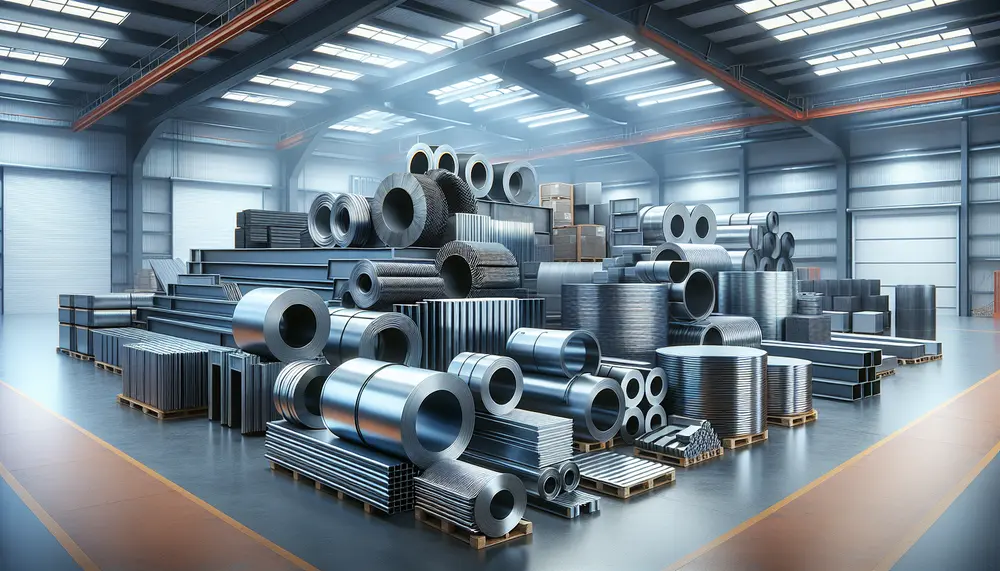Chromium
Chromium
Was ist Chrom (Chromium)?
Das Element Chromium ist im Periodensystem unter der Symbol "Cr" und der Ordnungszahl 24 zu finden. Es ist ein hartes, glänzendes, silbergraues Metall, bekannt für seine hohe Korrosionsbeständigkeit und sein blendendes, spiegelartiges Aussehen.
Chromium und Stahlproduktion
In der Stahlproduktion spielt Chromium eine entscheidende Rolle. Durch die Hinzufügung von Chromium zum Stahl erhält der Stahl eine erhöhte Beständigkeit gegen Korrosion. Das ergibt einen sogenannten "rostfreien Stahl" oder "Edelstahl", der in vielen Branchen, von der Bauindustrie bis zur Gastronomie, äußerst gefragt ist.
Chromium im Stahlhandel
Im Stahlhandel ist Chromium ein wertvoller Rohstoff. Der Kauf und Verkauf von Chromerz und Chromium-basierten Stahlprodukten ist ein florierendes Geschäft auf dem globalen Markt. Produkte wie rostfreier Stahl werden wegen ihrer großen Langlebigkeit und Ästhetik hoch geschätzt.
Gewinnung von Chromium
Für die Stahlproduktion wird Chromium aus Chromerz, besonders aus Chromit, gewonnen. Als reiches Erz, das in der ganzen Welt zu finden ist, bietet Chromit eine stabile Quelle für Chromium. Sein Abbau und seine Bearbeitung gehören zu den Standardverfahren in der Stahlindustrie.
Sicherheitsaspekte von Chromium
Es ist wichtig zu beachten, dass gewisse Formen von Chromium, wie zum Beispiel Chrom(VI), bei unsachgemäßer Handhabung gesundheitsschädlich sein können. Daher sind in der Produktion und im Handel mit Chromium strenge Sicherheitsstandards einzuhalten.
Blog Posts with the term: Chromium
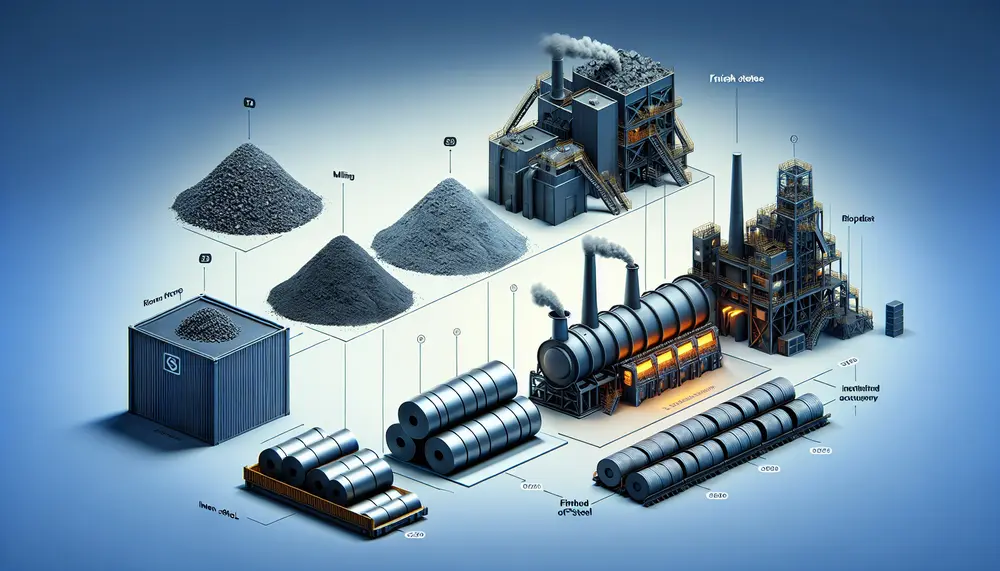
The steelmaking value chain is a complex process that transforms raw materials like iron ore, coking coal, and limestone into high-quality steel through strategic steps involving technological innovation to optimize efficiency and reduce environmental impact. Understanding this value chain helps...
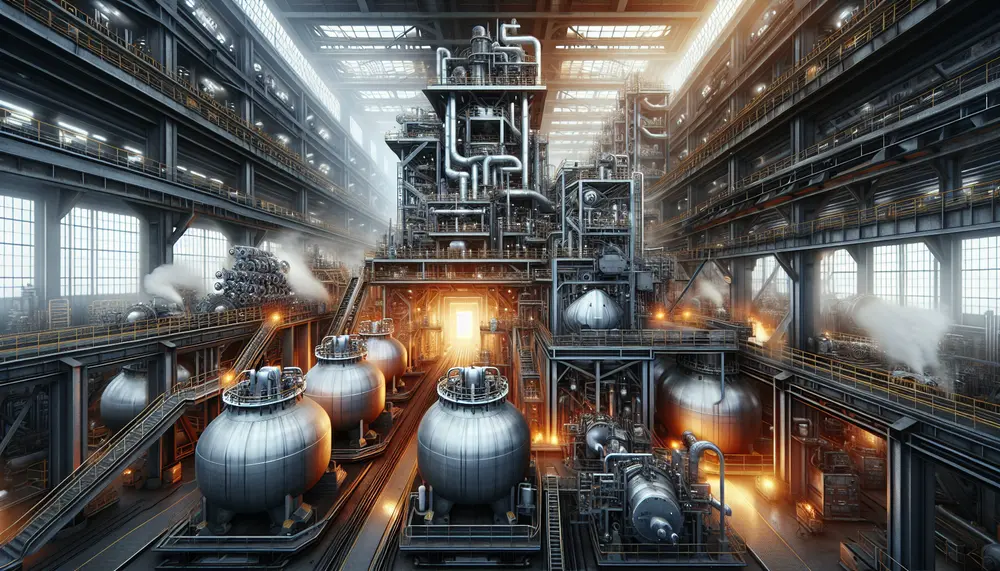
The Argon Oxygen Decarburization (AOD) process is a secondary steel making method that refines the composition of steel by reducing carbon content, using oxygen and inert gases like argon for controlled reactions. This technology allows for high-quality alloy production with...
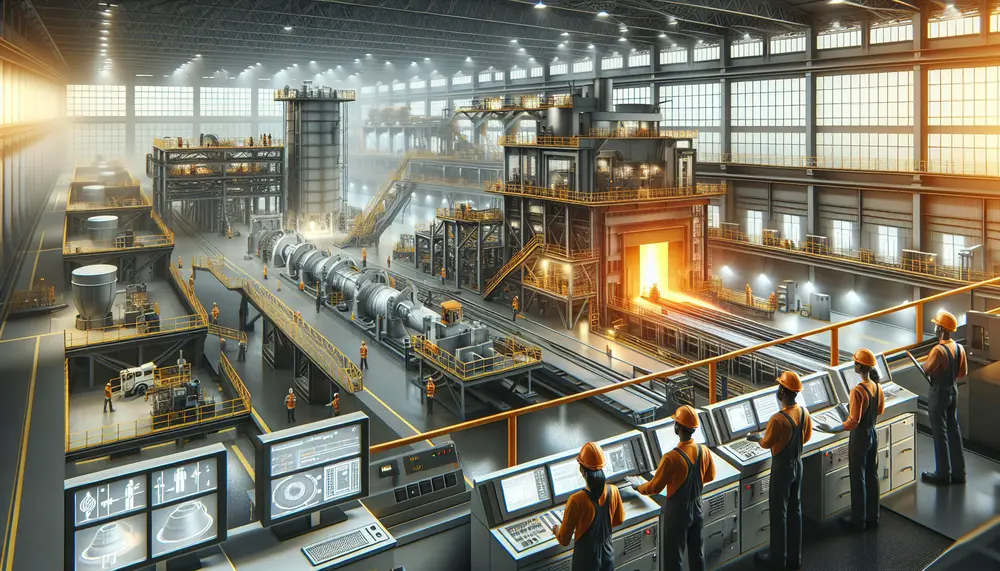
The article explains the importance of understanding a steelmaking flow chart, which outlines each step from raw material preparation to final products, aiding in efficiency and productivity. It details key components like raw materials (iron ore, limestone, coal), primary steps...
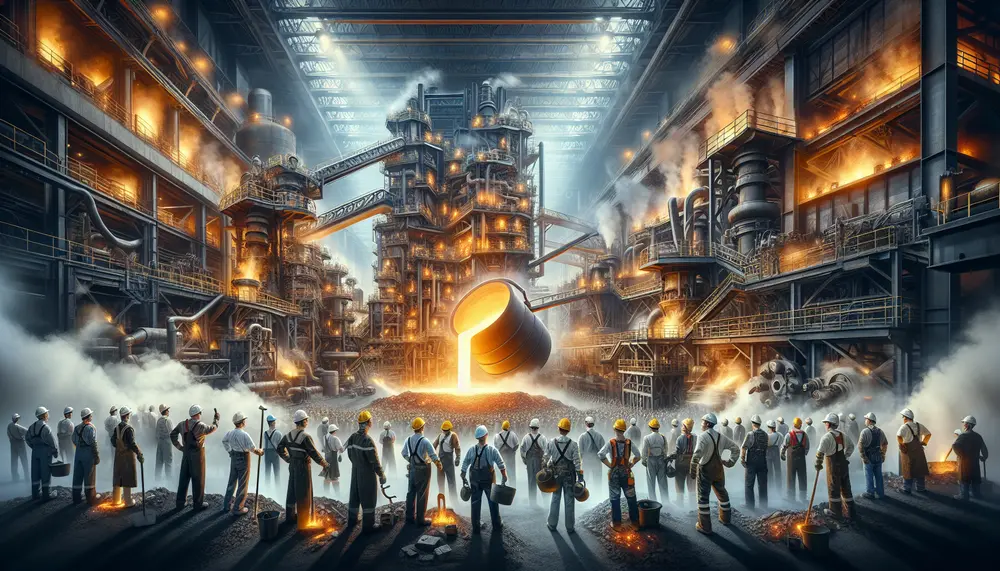
The article provides an overview of steel making, detailing its historical evolution and main processes such as ironmaking, primary and secondary steelmaking, casting, and forming; it highlights the importance of methods like the basic oxygen process and electric arc furnace...
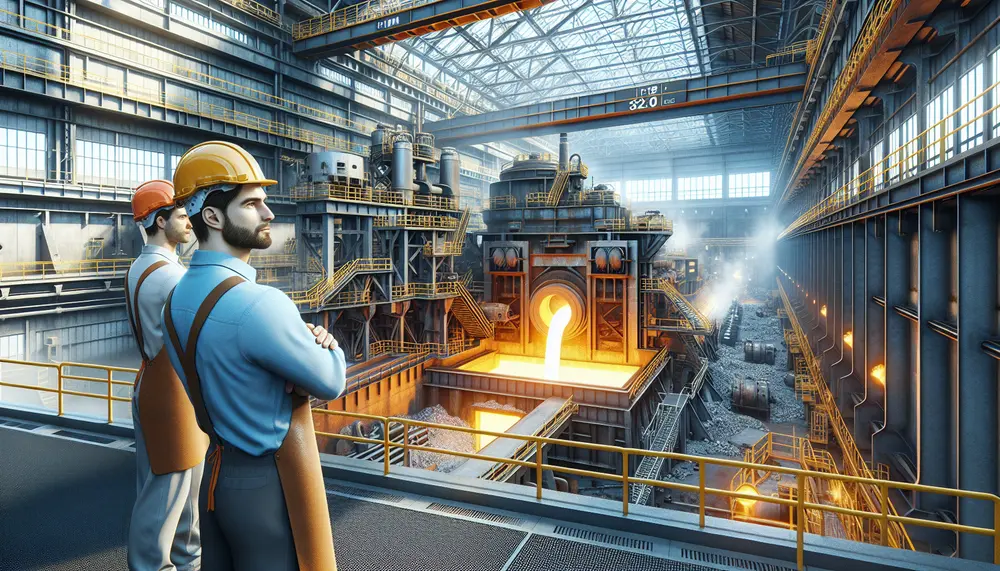
The VOD (Vacuum-Oxygen-Decarburization) steelmaking process is essential for producing high-quality stainless steel with very low carbon levels, crucial for applications like medical instruments and aerospace components. While it offers advantages such as enhanced decarburization and protection of alloying elements, its...
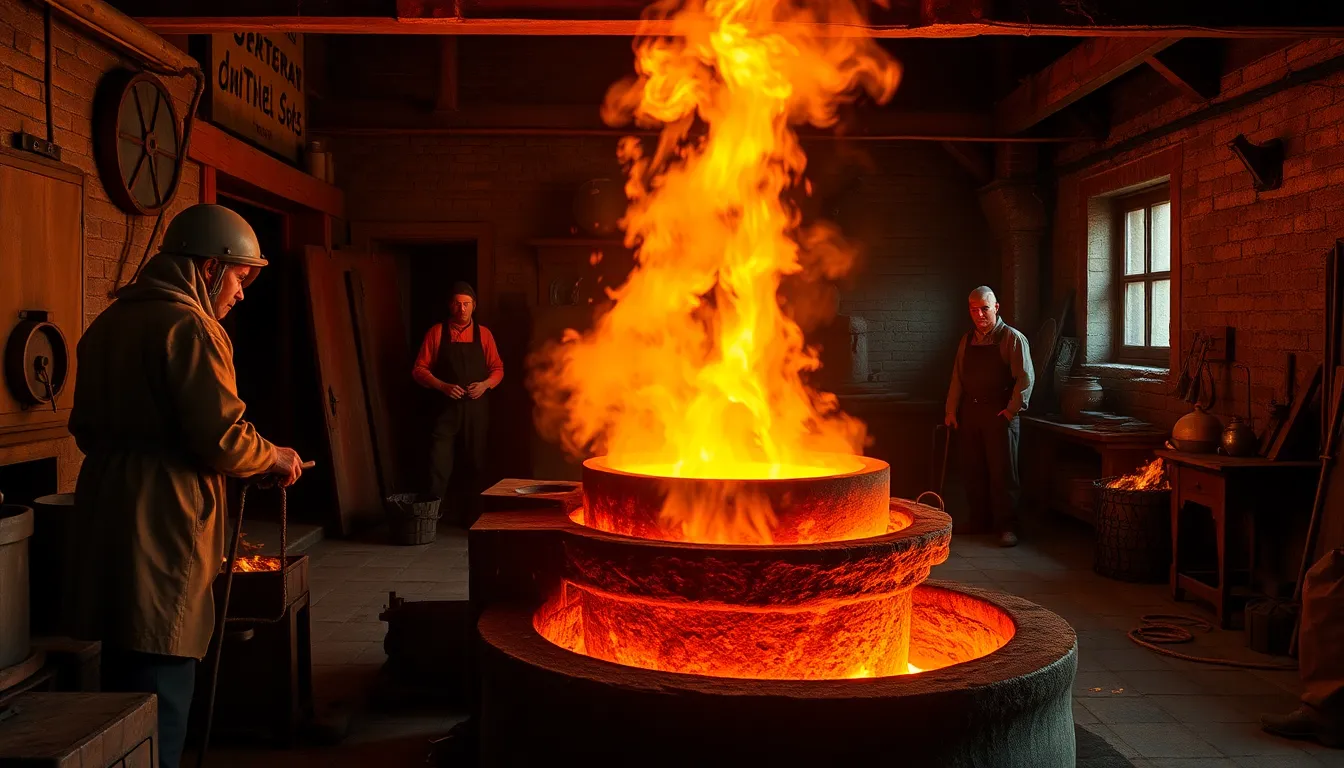
The article traces the evolution of steelmaking from ancient techniques to significant medieval innovations, highlighting early methods like iron carburization and bloomery processes that evolved into more efficient practices with the introduction of blast furnaces. It also covers Renaissance advancements...
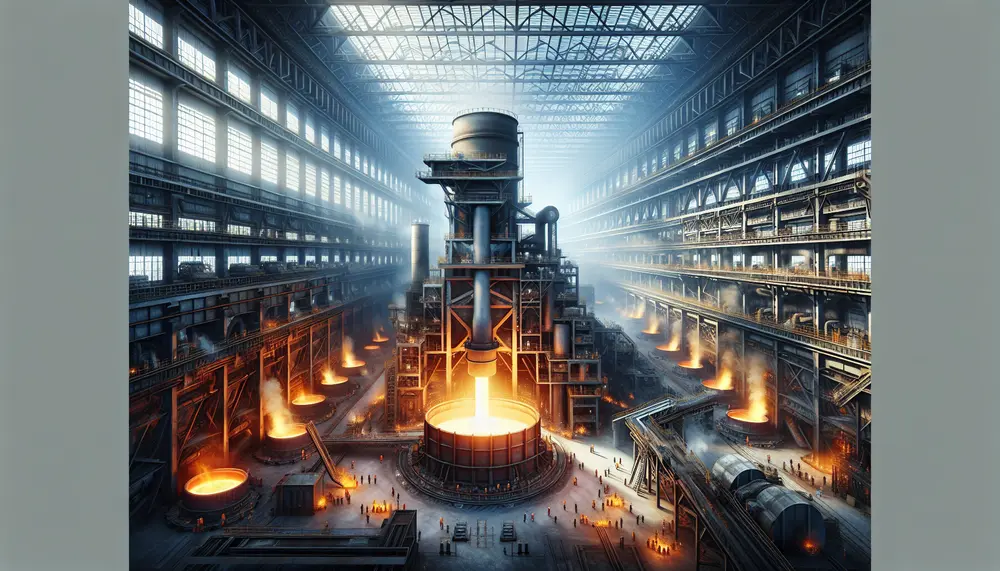
The article traces the history of steelmaking from early iron discoveries around 2,500 BCE to advanced techniques like Chinese cast iron production and Indian Wootz steel. It highlights key innovations such as smelting, forging by the Chalybes, and global influences...
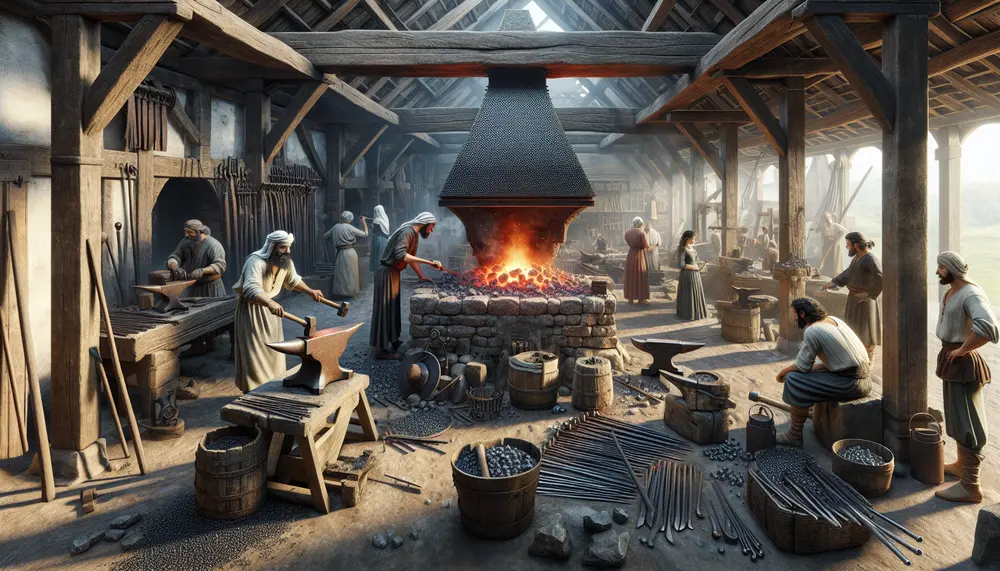
The article "Introduction to Ancient Steel Making" explores the historical context, key techniques, and materials used in ancient steel production across various civilizations. It highlights how early methods influenced modern steel making and underscores the ingenuity of our ancestors in...
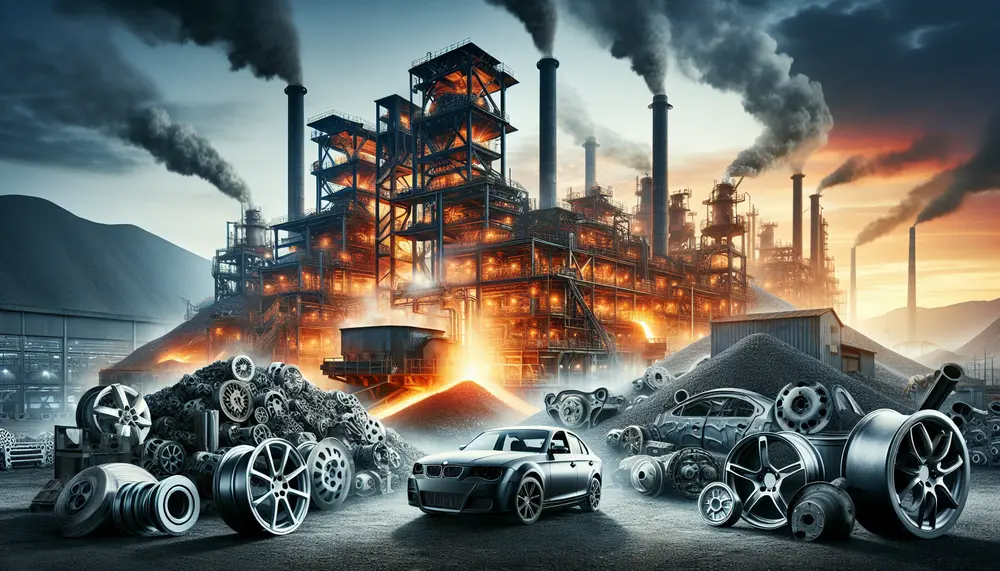
Steel production for vehicles involves transforming iron ore into various steel grades with specific properties, balancing strength and formability. Innovations in manufacturing techniques ensure high-quality steel that meets automotive industry standards. The journey of steel from raw material to vehicle component...
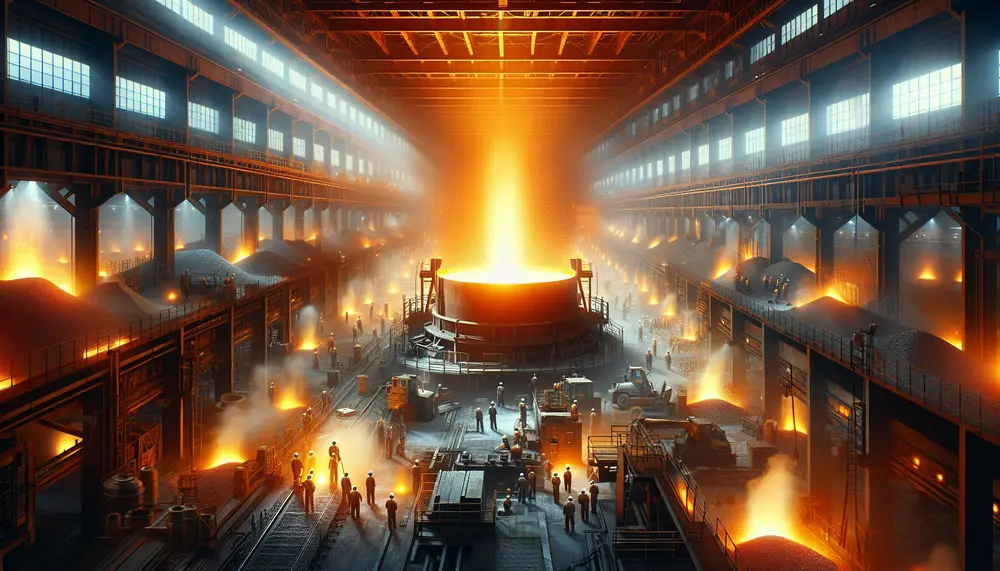
Steelmaking ladles are essential in the steel production process, designed to transport and refine molten metal while withstanding extreme temperatures and chemical corrosion. They come in various types tailored for specific functions such as transferring, treating, casting, and precise pouring...
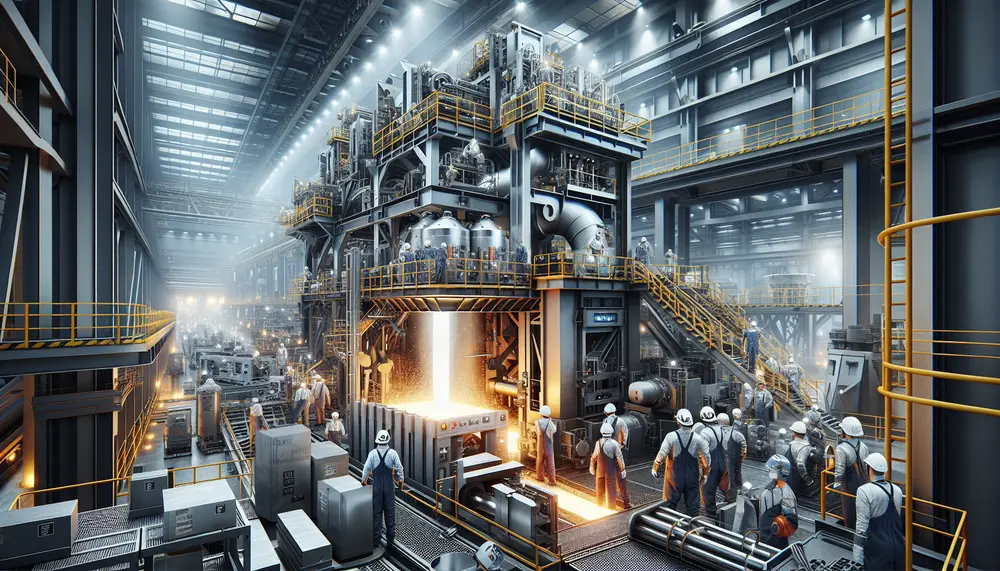
The Argon Oxygen Decarburization (AOD) process is essential in producing high-quality stainless steel by refining molten steel to reduce carbon content while preserving valuable alloying elements like chromium. This method, involving precise control of gas mixtures and temperatures during decarburization,...
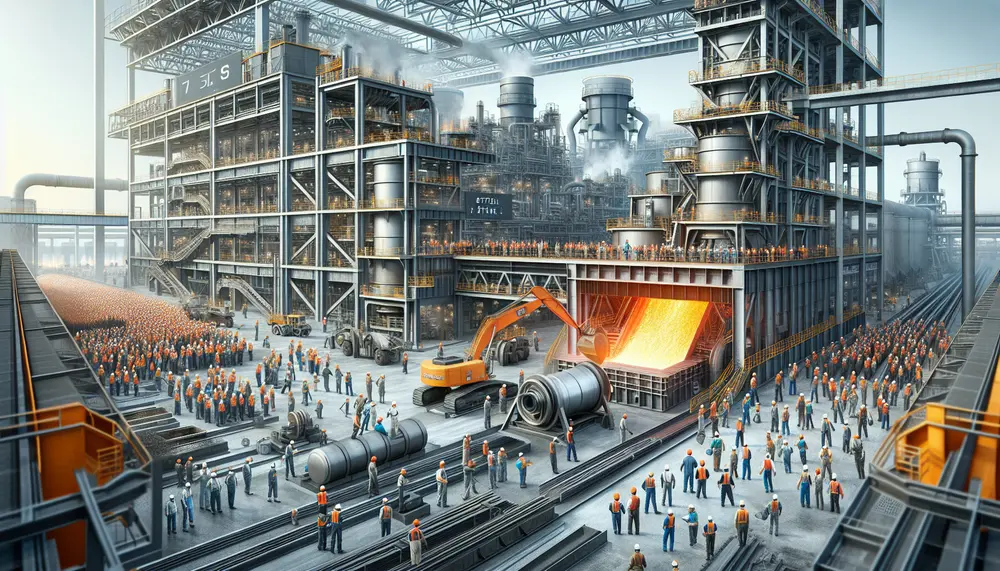
The article explains the steel production process using a detailed steelmaking diagram, which visually breaks down each step from raw material preparation to finishing processes. It covers two main methods of steelmaking—Basic Oxygen Steelmaking (BOS) and Electric Arc Furnace (EAF)—and...
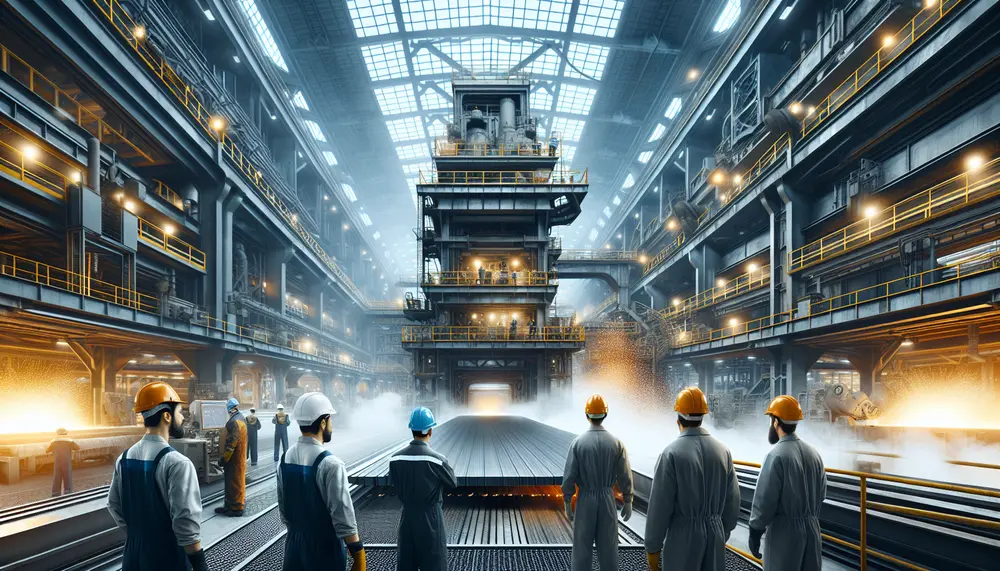
Steelmaking oxidation is a critical process in steel production, involving the intentional addition of oxygen to molten iron to trigger chemical reactions that remove impurities like carbon, silicon, and phosphorus, thereby enhancing the quality and properties of steel. This process...
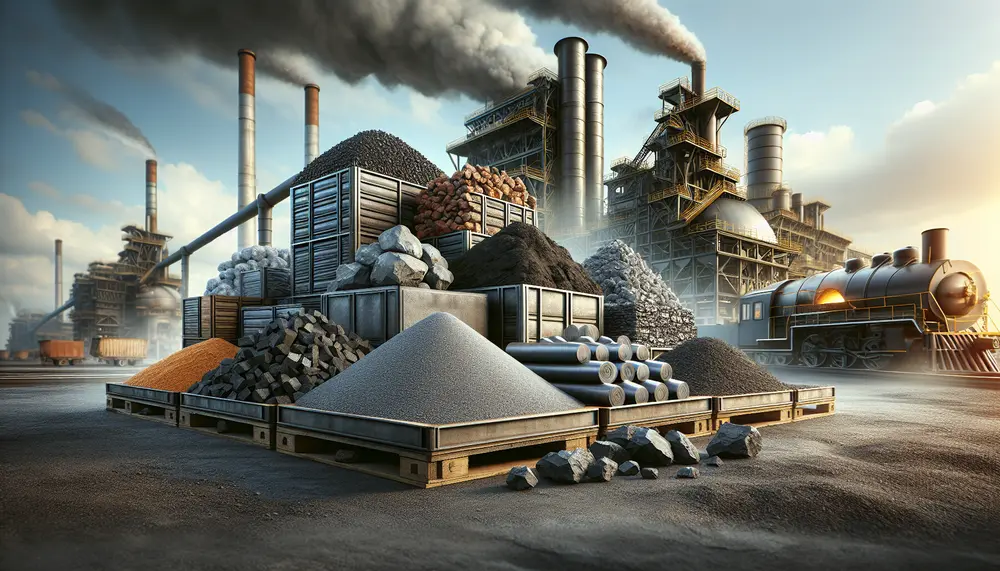
Steel production relies on a balance of raw materials like iron ore, coal, limestone, and scrap metal to determine the characteristics of different steel types. Understanding these ingredients is crucial for industry professionals as they influence strength, durability, and quality...

